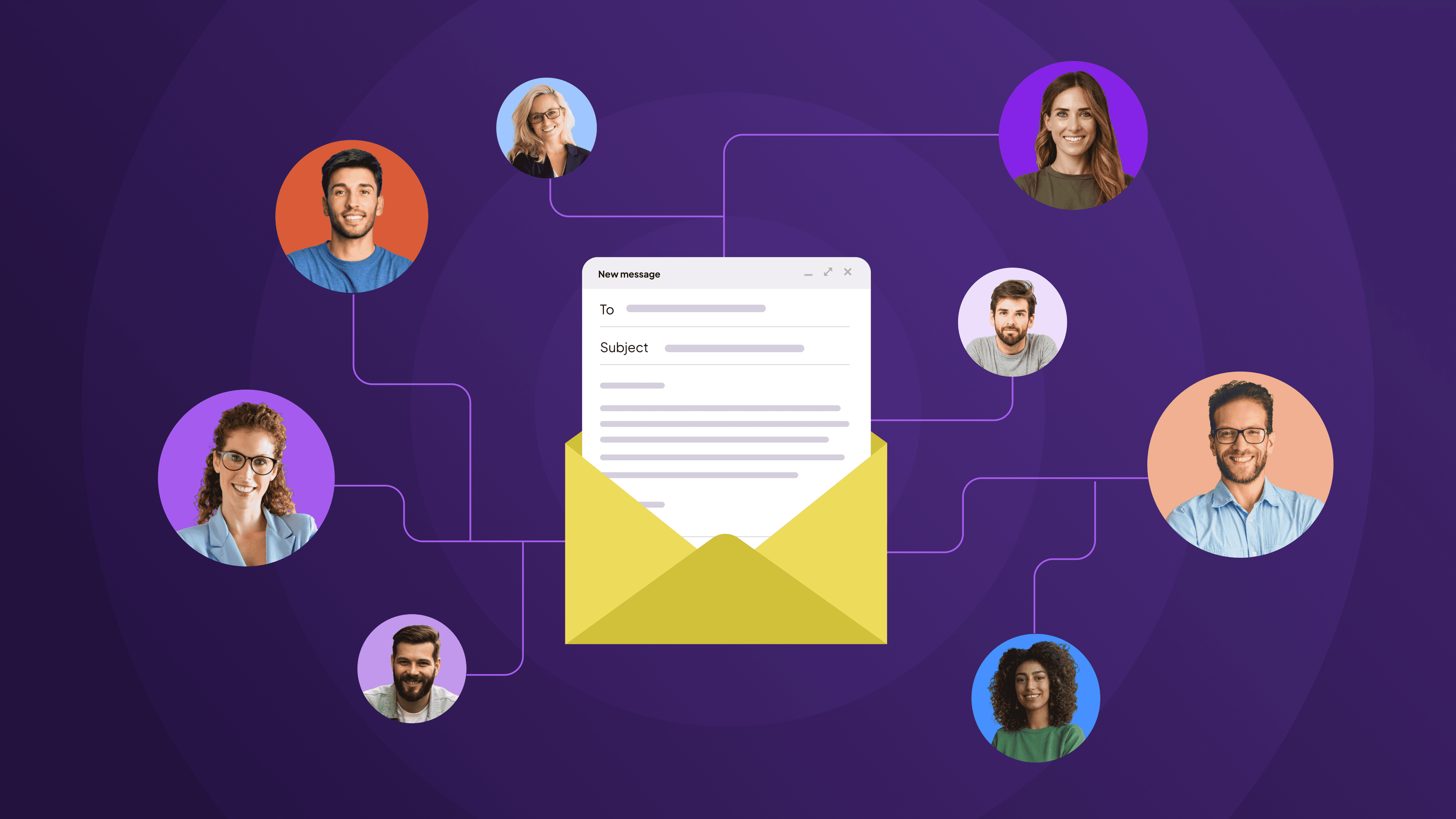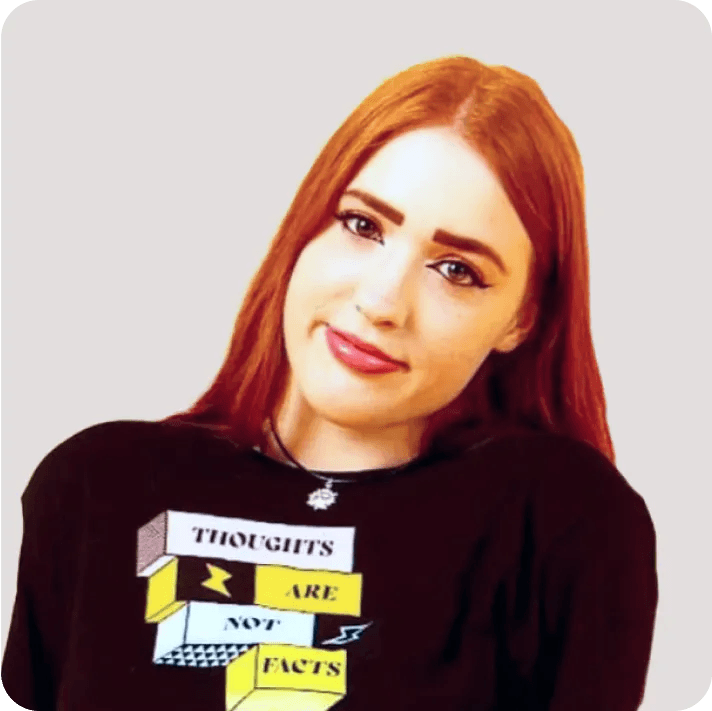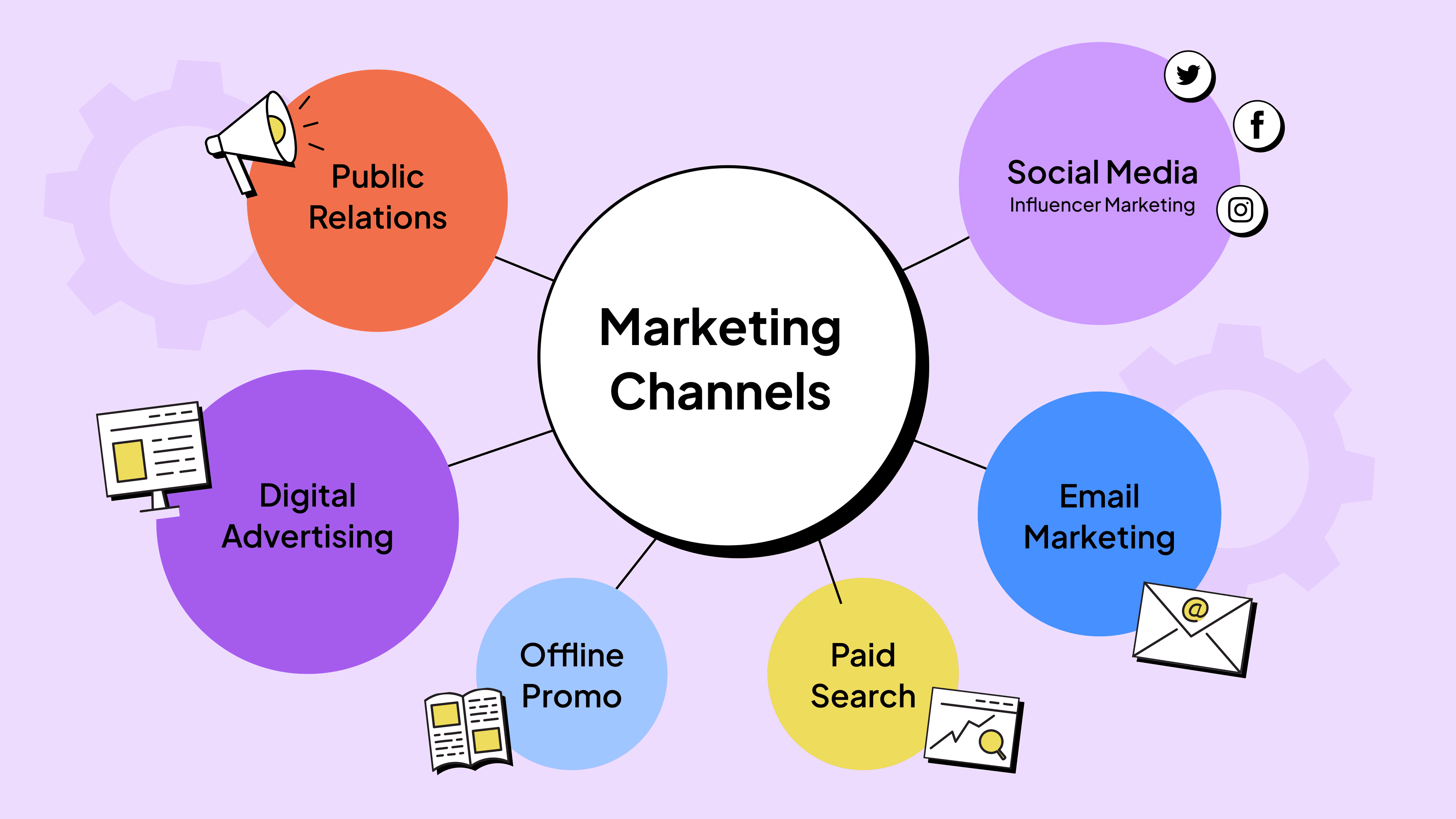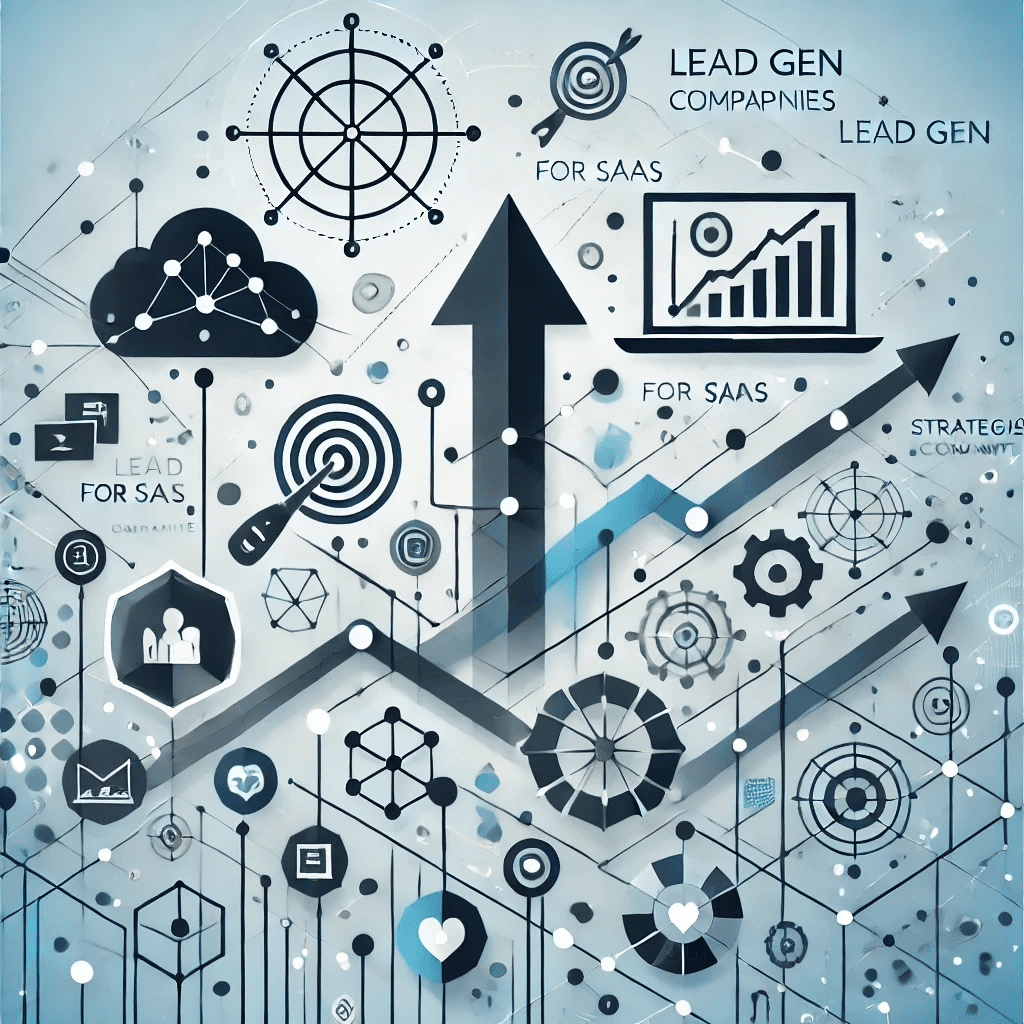Mastering the art of email sequences: crafting connections and conversions

Picture this: an email that not only grabs your attention but also compels you to take action. It’s not just a random message but part of a meticulously planned sequence designed to build a connection and drive conversions. Welcome to the world of email sequences – a symphony of personalised messages, timing, and content that can turn leads into devoted customers.
In the digital era, inboxes overflow with messages vying for your audience’s attention. But don’t worry, because in this article, we’ll unveil the secrets to mastering the art of email sequences. Whether you’re a seasoned marketer or just stepping onto the scene, the insights you’ll gain here will be your key to success.
The Email Sequence: A Gradual Conversation
So, let’s delve into the email sequence. Think of it as a series of steps in a conversation, not just a barrage of messages. Here’s a quick overview of how it works:
- The Opener:The Opener is the crucial first step in your email sequence. This email is your opportunity to make a positive and lasting first impression. It should be personalised and attention-grabbing, addressing the recipient by name and providing context for the email. Your goal here is to engage the recipient’s interest and set the stage for further interaction. An effective Opener should be concise, friendly, and make the recipient feel that the message is relevant to them.
- The Informer:Once you’ve captured the recipient’s attention with the Opener, the next step is to provide value. The Informer email is where you share insights, information, or resources that are relevant to the recipient’s interests or needs. This not only demonstrates your expertise but also builds trust and credibility. The content in this email should be educational, informative, and geared toward solving a problem or addressing a pain point the recipient may have.
- The Persuader:In the Persuader email, you gently guide the recipient towards a specific action. This could be scheduling a call, downloading a resource, or making a purchase. This email should be persuasive but not pushy. It’s about highlighting the benefits of taking the desired action and explaining how it can add value to the recipient’s life or business. Personalisation and empathy are key components here, as you want the recipient to feel that you genuinely care about their needs.
- The Closer:The Closer is the final email in the sequence and is all about the call to action (CTA). This is where you ask the recipient to take a specific step, whether it’s signing up for a webinar, making a purchase, or scheduling a consultation. Your CTA should be clear, concise, and accompanied by a sense of urgency if applicable. Make it easy for the recipient to take action, and ensure that the benefits of doing so are well-communicated.
Why does this sequence matter?
A well-structured email sequence is designed to be more than just a series of messages. It’s a strategic approach to nurturing leads and building relationships over time. It allows the recipient to become familiar with your brand, your message, and your value gradually, which can lead to higher conversion rates and more meaningful connections.
Getting the email sequence right is crucial for lead generation and relationship building. It enables you to strike a balance between staying on the recipient’s radar without overwhelming them and, at the same time, providing consistent value that keeps them engaged. By effectively managing these stages, you can create lasting connections and achieve the results you desire in your lead generation efforts.
A/B Testing: Fine-Tuning Your Email Sequences for Optimal Results
In the world of email marketing, the journey from the Opener to the Closer isn’t just a one-size-fits-all path; it’s a dynamic process that’s ripe for optimization. That’s where A/B testing comes into play. Sales teams are like scientists, continually experimenting and tweaking variables to find out what resonates most with their audience.
A/B testing allows you to test different elements of your email sequences, such as subject lines, call-to-actions, or even the email’s structure, to determine what works best. Imagine sending two slightly different versions of your “Opener” email to a sample of your audience. You can then measure which version garners more engagement, be it higher open rates or click-through rates.
By harnessing the power of A/B testing, you can refine each step of your email sequence to be more effective, ensuring that your messages hit the mark every time.
The Follow-up Strategy: Turning Silence into Engagement
It goes without saying that sometimes you’ll encounter silence—a recipient who hasn’t responded to your carefully crafted messages. But don’t let that discourage you. The follow-up strategy is your secret weapon to turning that silence into engagement. Knowing when and how to follow up can be a game-changer in sales email communication.
The art of the follow-up lies in persistence without annoyance. Send a friendly and concise follow-up email, reminding the recipient of your previous message and reiterating your offer. It’s an opportunity to rekindle their interest or address any concerns they might have. Timing is key; give your recipient a bit of space, and then send a gentle nudge. A well-planned follow-up sequence can reawaken dormant leads, making them more likely to take action and continue the conversation.
Metrics to Measure Success
Understanding the impact of your emailing efforts is paramount, and this is where Key Performance Indicators (KPIs) play a pivotal role. KPIs like open rates, click-through rates, and response rates are the compasses that guide your email campaigns toward success.
Open rates shed light on the number of recipients who are enticed enough to open your emails, offering a glimpse into the appeal of your subject lines and the overall relevance of your content. Click-through rates go a step further, demonstrating the level of engagement by revealing who not only opens your emails but also takes action by clicking on links. However, response rates are the true gold standard, indicating that your email sequences have struck a chord with your audience, prompting them to engage in a two-way conversation.
Armed with this data, you’ll be able to fine-tune your email sequences for optimal results, ensuring that your messages resonate with your audience and drive the conversions you desire.
Ready to Craft Effective Emails?
Now that you’ve uncovered the secrets of crafting compelling email sequences, fine-tuning your strategies through A/B testing, mastering the art of the follow-up, and understanding the crucial metrics for success, you’re all set to take your email marketing to the next level.
But remember, you don’t have to embark on this journey alone. Whether you need assistance with personalised email sequences, A/B testing strategies, or optimising your follow-up tactics, our team is just a click away. Get in touch with us here: https://leadgendept.com/contact-us/



